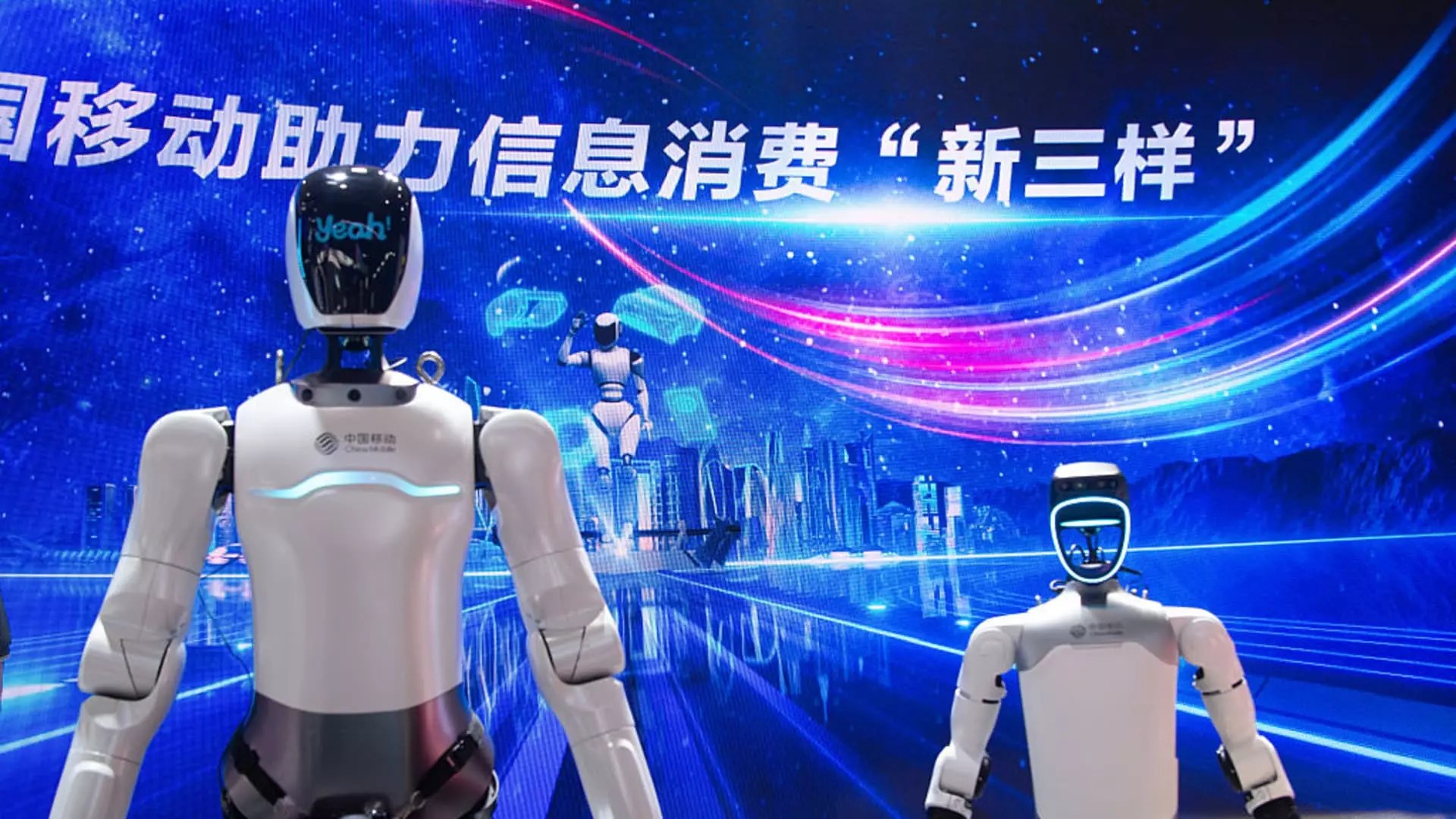As we stand on the brink of a second industrial revolution—one driven by humanoid robots—the automotive industry is poised to undergo a seismic shift. If industry analysts can be believed, the market for humanoid robots could skyrocket to an astonishing $800 billion in China alone and reach $5 trillion globally by 2050. This projection is, at face value, exhilarating. But is it pragmatic to celebrate, or should we approach it with a more critical eye?
Recent reports from Morgan Stanley suggest that auto parts suppliers are about to enter a third wave of growth, fueled by the demand for these robots. While on the surface this sounds promising, the reality is far more complex. The excitement surrounding humanoid robots does not necessarily equate to a guaranteed windfall for auto suppliers. Skepticism is warranted, especially as realities of technological challenges and competitive landscapes loom large.
Understanding the Market Dynamics
Morgan Stanley’s analysts have upgraded the ratings for several self-styled Chinese Tesla suppliers, including Sanhua, predicting these companies will benefit significantly from the rise of humanoid robots. However, one must consider how realistic these projections are. For instance, the report anticipates that auto parts suppliers can capture between 47% to 60% of the spending on materials for humanoid robots, equating to about $15,000 of each robot’s production cost. But this begs the question: how adaptable are these suppliers to transitioning from traditional automotive components to highly specialized humanoid parts?
In reality, shifting from parts like tires and engine components to specialized robotics parts is not merely a matter of retooling. The parts manufacturing ecosystem is incredibly nuanced, and expertise from automation in vehicles may not seamlessly transfer to humanoid robotics. This transition will likely come with significant barriers—technical complexities that could take years to overcome.
Industry Forecasts and Potential Pitfalls
The bullish forecast from Morgan Stanley hinges largely on the assumption that automakers like Tesla and Xpeng are committed to investing heavily in humanoids. Yet, while these companies experiment with robotic technologies in factory settings, this does not necessarily translate into a thriving consumer market. The line between development and mass production is fraught with challenges, and the analysts may be overly optimistic if they view current endeavors as an indomitable trend.
It’s also essential to remember that consumer acceptance is another significant factor that could dampen these aspirations. Are humanoid robots truly going to become household staples, or are they destined to remain factory novelties? The behavioral and ethical implications of humanoid robotics are yet to be fully understood. If public sentiment turns against such technology, investors in these auto parts suppliers could find themselves regretting their hastiness.
Investment Recommendations: A Dose of Realism
Among Morgan Stanley’s sector picks are companies like Tuopu, Sanhua, and Xusheng, which are proposed as sound investments for a future dominated by humanoid robots. Yet, one has to ask whether these recommendations reflect a thorough understanding of the market or merely an optimistic aspiration spurred by hype.
While Tuopu’s potential to capitalize on growing actuator demand in robots is clear, its reliance on softening Tesla orders should make investors cautious. Applauding the 39% upside potential at this stage could be premature, as fluctuating orders can quickly overshadow perceived growth.
Sanhua’s expansion into Thailand for geopolitical mitigation is certainly strategic, but its reliance on humanoid actuator modules remains to be tested. Should global tensions escalate, these manufacturing endeavors could face unanticipated setbacks. Meanwhile, Xusheng’s situation is telling; though improved performance is anticipated, a flat market can just as easily turn negative with a few missteps.
A Complex Future Beckons for Auto Parts Suppliers
The narrative posited by analysts calls for optimism, but the questions remain abundant. Are current auto parts suppliers equipped to pivot to humanoid production, and how will they adapt to the inherent complexities involved? Can the market for humanoid robotics materialize at the grandiose levels predicted, or is substantial skepticism warranted?
These factors may not only determine shareholder fortunes but could redefine industries. A closer look reveals that while the allure of humanoid robots is intoxicating, the road ahead is also fraught with uncertainty, competition, and ever-evolving technological demands. Investors should brace themselves and proceed with heightened caution—this landscape may not be as straightforward as it appears.

